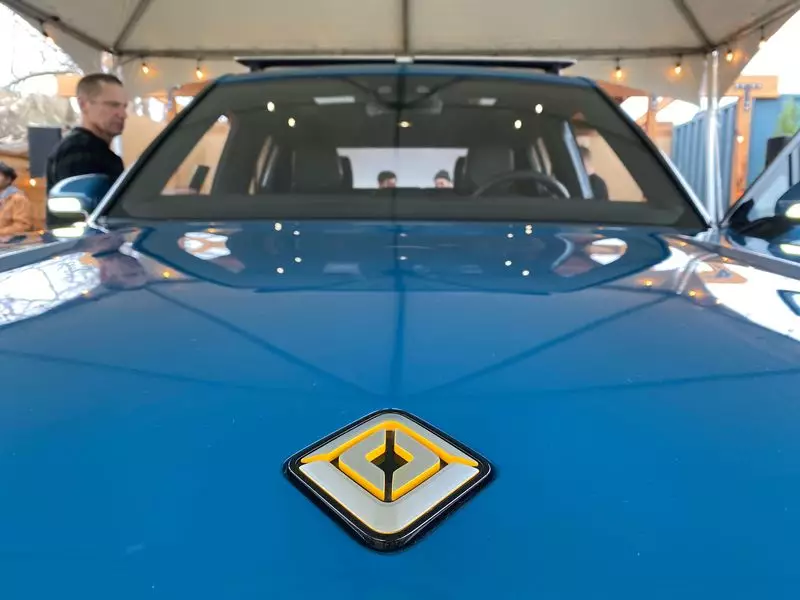Emerging from the competitive landscape of electric vehicle (EV) manufacturing, Rivian has outlined an ambitious strategy for advancing its driver assistance technology. CEO RJ Scaringe announced plans to roll out an advanced hands-free driving assistance system by 2025, with an “eyes-off” capability expected to follow in 2026. This timeline emphasizes Rivian’s commitment to integrating cutting-edge technology into its vehicles, challenging the market norms established by industry giants like Tesla and others in the race toward autonomous driving.
As automakers prioritize the development of advanced driver assistance systems (ADAS), features such as lane-keeping assist and adaptive cruise control have become industry staples. Rivian’s current lineup, equipped with the “Rivian Autonomy Platform,” offers a level of assistance that requires the driver to maintain control and awareness, echoing the approach of several rival companies who are advancing similar technologies. Rivian’s cautious but progressive roadmap may serve as a counterbalance to the more aggressive autonomous strategies undertaken by other major players, including Tesla’s push toward fully self-driving capabilities.
Regulatory Challenges and Loan Management
Scrutiny regarding the safety and efficacy of driver assistance technologies remains a critical issue facing the automotive industry, particularly for manufacturers focusing on innovation. The recent probe by the U.S. National Highway Traffic Safety Administration into Tesla serves as a stark reminder of the potential pitfalls associated with integrating autonomy into vehicles. Rivian’s leadership appears to be acutely aware of these challenges as they push forward with their plans. Scaringe’s assurance that the company envisions minimal risk to its substantial loan for a new Georgia manufacturing plant—in spite of shifting political landscapes—speaks volumes about Rivian’s confidence in its operational foundation.
The $6.6 billion loan agreement finalized between Rivian and the U.S. Department of Energy epitomizes a strategic maneuver to bolster production capabilities while preserving financial stability amidst regulatory changes. Scaringe emphasized that developments in EV policy, particularly those invoked by former President Trump against Biden’s executive orders, aim to foster a competitive manufacturing environment, which could benefit Rivian’s ongoing production efforts.
Navigating a Competitive EV Landscape
In a rapidly evolving automotive ecosystem where companies not only compete for market share but also technological dominance, Rivian’s approach adopts a blend of caution and ambition. The company’s upcoming features are an earnest attempt to push the boundaries of driver assistance while maintaining a focus on safety and driver engagement. Rival manufacturers have begun to embrace the robotaxi model and completely hands-free driving, leaving Rivian to carve out a distinct niche that marries innovation with responsibility.
As Rivian unveils its strategies and technological advancements over the coming years, observant stakeholders will be keenly monitoring how the company reconciles its visions of autonomy with the scrutiny imposed by regulators, consumer expectations, and competitive pressures. The interplay between innovation, regulation, and public perception will undoubtedly shape Rivian’s journey—and potentially redefine the landscape of electric vehicles in the process.

